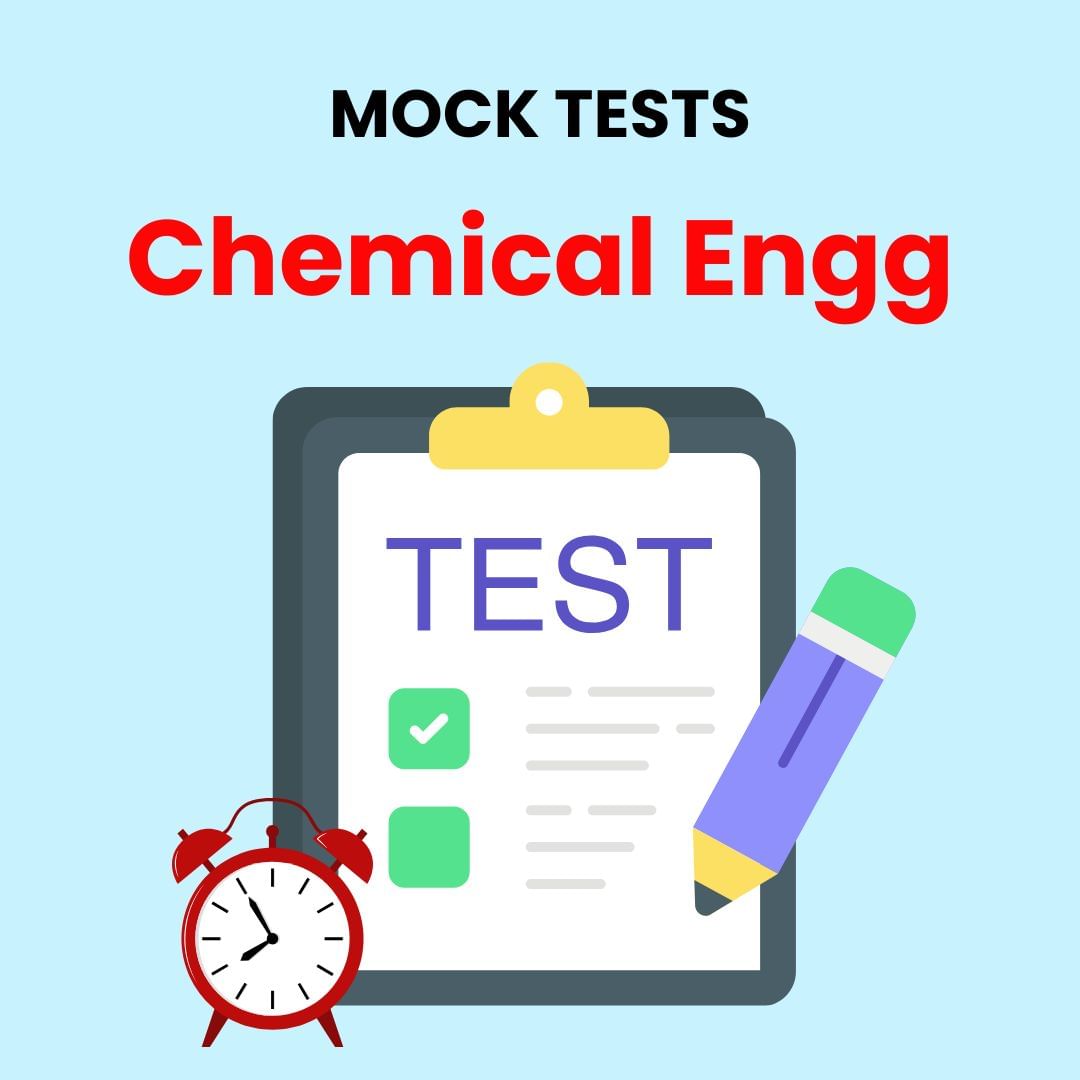Polymers: Polyolefins: Polyethylene, Polypropylene And Polystyrene (Part - 1) | Chemical Technology - Chemical Engineering PDF Download
Polymers: Polyolefins: Polyethylene, Poly Propylene And Polystyrene, Styrene Copolymers
Polyolefinsis family of polymers derived from a particular group of base materials known as olefins, are the world’s fastest growing polymer family. Polyolefins such as polyethylene (PE) and polypropylene (PP) are commodity plastics found in applications varying from house hold items such as grocery bags, containers, carpets, toys and appliances, to high tech products such as engineering plastics, industrial pipes, automotive parts, medial appliances and even prosthetic implants . Ethylene and propylene are monomers for polyethylene and polypropylene respectively. Global polyolefin market is likely to be 150 million tones by 2015 and 200 million tones by the year 2020. In India, the domestic polymer industry (like global industry) is dominated by polyolefins (polyethylene, polypropylene) . Market coverage of polyethylene, polypropylene is given in Table M-VIII 2.1.
Polystyrene is another important polyolefin and find wide application in manufacture of all sorts of packaging material. Styrene co-polymerised with acryloonitrile resulting in SAN polymer is characterized with high tensile strength than polystyrene. Another important styrene copolymer is Acrylonitrile Butadiene styrene (ABS) plastic find use in engineering plastic and is characterized with special mechanical properties.
Table M-VIII 2.1: Polyethylene/Polypropylene Market Coverage
Polymer Types | Grade | Market Coverage |
HDPE | Film grade | Blown film with paper like quality, suitable for counter bags, carrier bags & wrapping films |
Pipe grade | Pipes PE-80/100 class, drinking water & gas pipes, waste pipes & sewer pipes their fitting etc. | |
Large BM grade | Universal container grade, vol. approx. 1,500lit;heating oil storage tanks, transport containers | |
Small BM grade | Disinfectant bottles, up to 2 lit, tubes for the cosmetics, containers from few ml up to 10 lit. | |
Raffia grade | Stretched films and tapes for production of high strength knitted & woven sacks/bags/nets etc. |
| Injection Molding | For transport and stacking crates, particularly bottle crates |
LLDPE | Films | Garment bags, grocery sacks, liner, blends, trash bags, cast like film diapers etc. |
Roto Molding | Large industrial parts used indoors, large industrial /agricultural tanks, shipping drums, toys etc. | |
Injection Molding | House wares, crates, master batches, pails, food container etc. | |
PP | Homo polymer | Injection molding (Battery cases, crates, furniture, house ware, luggage, sports/toys), Blow molding, Sheets, Tape/Raffia, FIBC,TQPP/BOPP films(food packaging, bottle labels etc. ) Extrusion coatings etc. |
Random Copolymer | Thin walled injection moulding, low heat seal & high transparency films, Blow moulding, packaging parts, automotive parts etc. | |
Impact Copolymer | Automotive parts (bumper, exterior trims, instrument panels, interior trims), Appliances, House wares, rigid packaging, thermoforming etc. |
There are four major families of catalyst used for olefin polymerization. Characteristics of catalyst is given in Table M-VIII 2.2.
- Ziegler Natta
- Phillips(chrome)
- Metallocene
- Late transition metal catalyst
Table M-VIII 2.2: Characteristics of Polyolefin Catalyst
Type | State | Typical examples |
Ziegler/ Ziegler-Natta | Heterogeneous Heterogeneous | TiCl3, TiCl J MgCl2 VCl4, VOCl3 |
Phillips(chrome) | Heterogeneous | CrO3 / SiO2 |
Metallocene | Homogeneous Heterogeneous | Cp2ZrCl2 Cp2ZrCl2/MgCl2 |
Late transition metalabsed | Homogeneous | Ni, Pd, Co, Fe, with diimine, and other ligands |
- Low density polyethylene (Branched) produced by high pressure
- LDPE 0.910 – 925 M.P. 105-110oCCrystallinity 60-70%
- Medium density MDPE 0.920 – 940
- High density HDPE 0.941 – 0.959 M.P. 125-130oC
- Crystallinity 75-90%
- Very few side chains. Produced by low pressure
- Linear High density to Ultra high density homopolymers
- Linear low density polyethylene (LLDPE)0.916-0.940a-olefin as comonomer density 70.941
- High molecular weight – High density P.E. (HMW-HDPE)
Branched Linear
Molecular mass 200,000 – 500,000
Advantage: Low cost, excellent dielectric properties, moisture resistance, very good chemical resistance, available in food grade, processed by all thermoplastic methods.
Process Technology for Polyethylene: Several processes has been commercialised for the manufacture of polyethylene with varying densities. Various processes for manufacture of polyethylene are given in Table M-VIII 2.3.
Table M-VIII 2.3: Various Polyethylene Processes
Process | Licensor | Process | Poduct |
Innovene Process | B.P.Chemicals | Polymerisation in Fluidised bed reactor using Ziegler Natta catalyst or Chromium catalyst Temperature 75oC -110oC | LDPE,HDPE |
Broster Process | BorealisA/S | Uses gas phase low pressure reactor. Ziegler Natta catalyst Comonomer hydrogen. Prepolymerisation in slurry loop reactor and fluidised bed reactor. Temperature 75oC -100oC | Bimodal and unimodel LLDPE, MDPE |
High pressure free radicals process | Exxon Chemicals Co | Polymerisation occurs in autoclave reactors or Tubular reactor | LLDPE, |
Speriline gas phase Process | Montell Technology Co | Polymeristion in Gas phase reactor using Zigler natta catalyst | LLDPE, HDPE |
Phillips Co, LPE process | Phillip Petroleum Co. | Polymerisation takes place in an isobutene slurry using very high activity properietry catalyst in loop reactor. | Lineal polyethylene |
UNIPOL PE process | Union carbide Corp | Low pressure polymerization in fluidised bed reactor at 25kg/cm2 and 100oC | LLDPE to HDPE |
Sclairtech Process | Dupont | Polyethylene is produced by solution polymerization using ethylene gas and cyclohexane as solvent. Comonomer butane or Octane or both) Catalyst: Ziegle Natta catalyst | HDPE, MDPE, LLDPE |
|
69 videos|121 docs
|
FAQs on Polymers: Polyolefins: Polyethylene, Polypropylene And Polystyrene (Part - 1) - Chemical Technology - Chemical Engineering
| 1. What are polyolefins and what are their main types? |  |
| 2. What is polyethylene and what are its common applications? |  |
| 3. What are the properties of polypropylene that make it suitable for various applications? |  |
| 4. How is polystyrene different from polyethylene and polypropylene? |  |
| 5. What are the environmental considerations of polyolefins? |  |
































